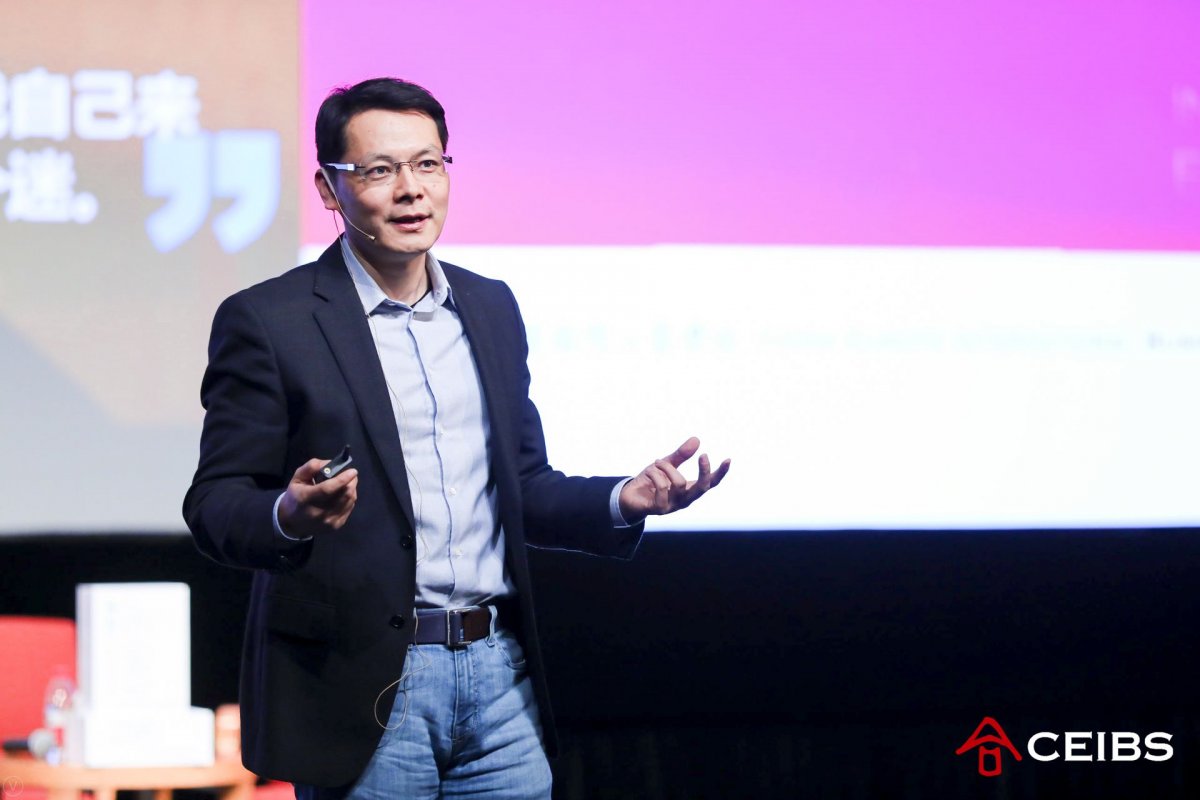The Path to Innovation
November 18, 2018. Shanghai – How does one optimise ebbs and flows, high tide and low, to beat a path to innovation? Professor of Entrepreneurial Management Practice and Programme Director of CEIBS Entrepreneurial Leadership Camp Gong Yan today shared inspiring insights on this and other critical topics for both start-ups and established industry leaders. He was speaking during the CEIBS 2018 Innovation and Entrepreneurship in the Digital Economy Forum.
In exploring the topic “Evolution of the Path to Innovation,” he decoded the inner workings of success and innovation in the field of business. “Core innovation provides great premium for corporate development in the long run,” he said. “But why are some corporates successful while others fail?” He explained that, given the business world’s complex realities, no definite or consistent conclusions can be made for companies’ operating strategies. “But we can still tease out, through all the noise and fuzziness, some keys of successful practice; and these include both external and internal factors,” he told the audience. His advice for companies: identify the external driving forces behind each historical change within your industry and rise to the occasion. At the same time, work internally to encourage a mind-set that helps harness and unleash those forces and create value for the future. “Every era has its development momentum,” said Prof. Gong, adding that the past 70 years of industrial evolution was roughly divided into three stages during which power had shifted from manufacturers, to those in control of the channels, and finally to customers. As the consumer-to-manufacturer (C2M) model becomes the status quo, the trend towards customisation will eclipse old approaches. And as users increasingly claim ownership of their data, a decentralised pattern of internet companies will take centre-stage, as already seen in some Silicon Valley companies.
Prof. Gong also analysed the underpinnings of innovation in the era of internet 2.0. He began by explaining why China has outrun developed countries in lifestyle related mobile apps. “Over the years, we have leap frogged [other countries] by strategically overtaking them, combined with the networking effect as a result of megacities. On the other hand, China still lags behind in internet innovation in industries and, specifically, the in-depth use of data throughout the industry chain,” he said. “This makes ever more significant a vision and mind-set for tomorrow,” he continued. Prof. Gong also reminded companies of the importance of having a narrative, saying story-telling, as opposed to deception and made-up stories, is crucial for companies to prevail and innovate in an increasingly crowded playing field. “Innovation is a continuum between patent creation and downright copycatting, between 0 and 100. The majority of the innovative enterprises in China in the past decade [have relied on transplanting technologies and ideas]. Version 2.0 is integrated innovation, as now seen in many regions and industries. The leap frog version, 3.0 innovation, is the one for the future.” he said.




















